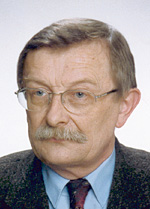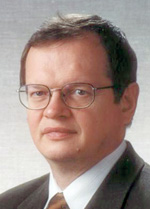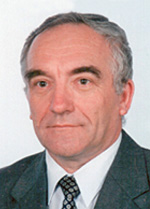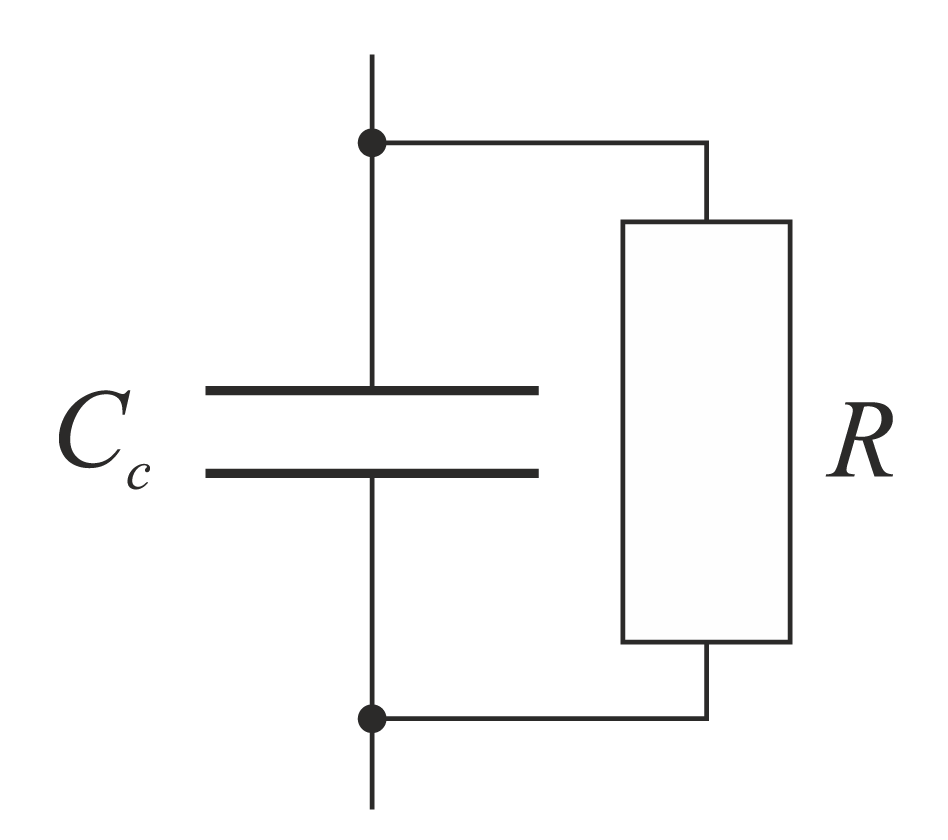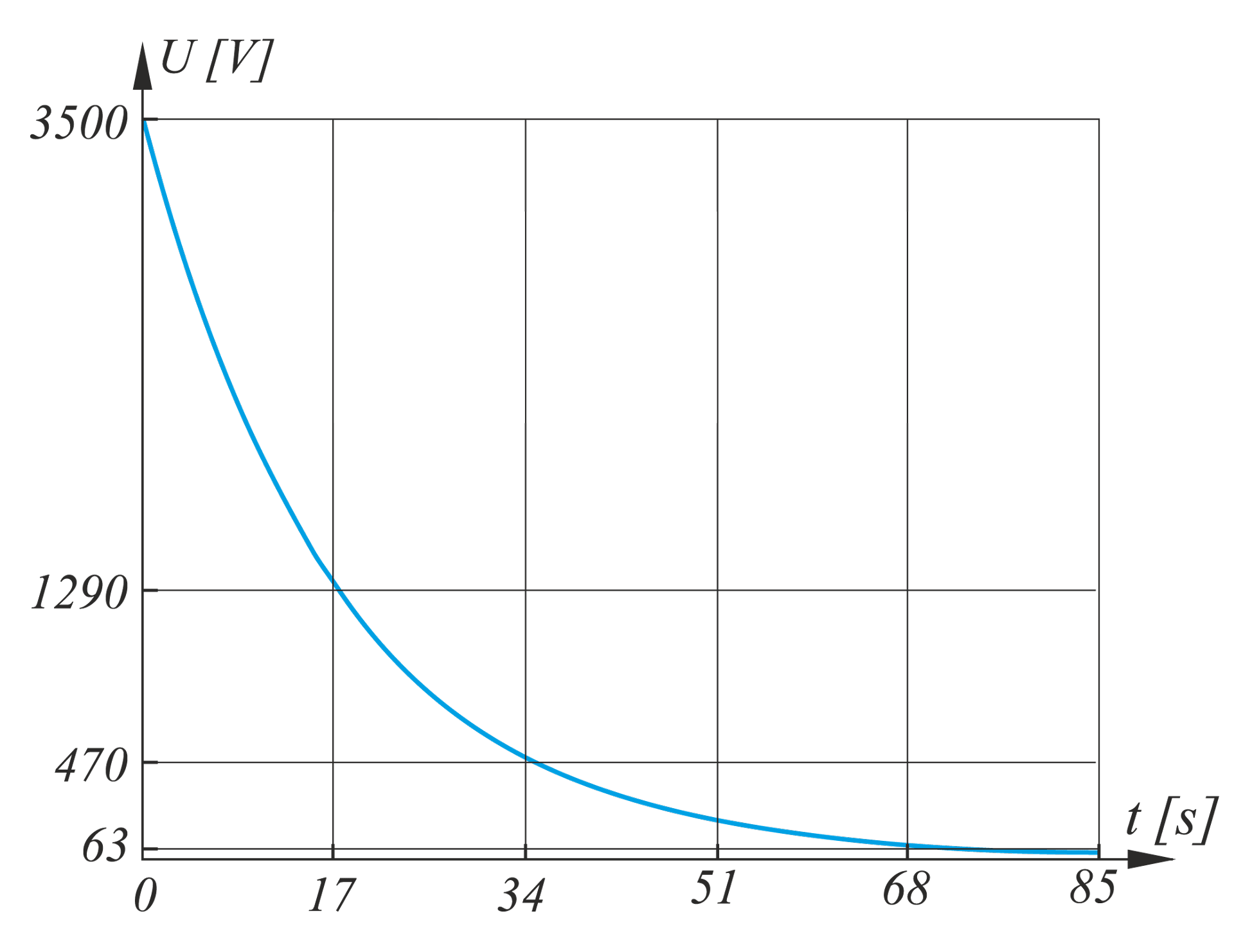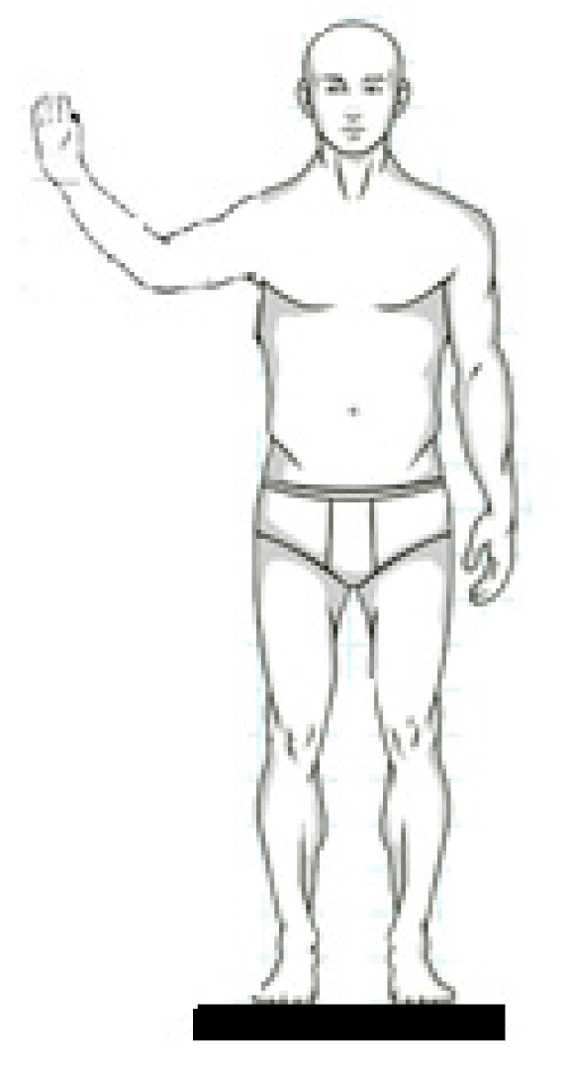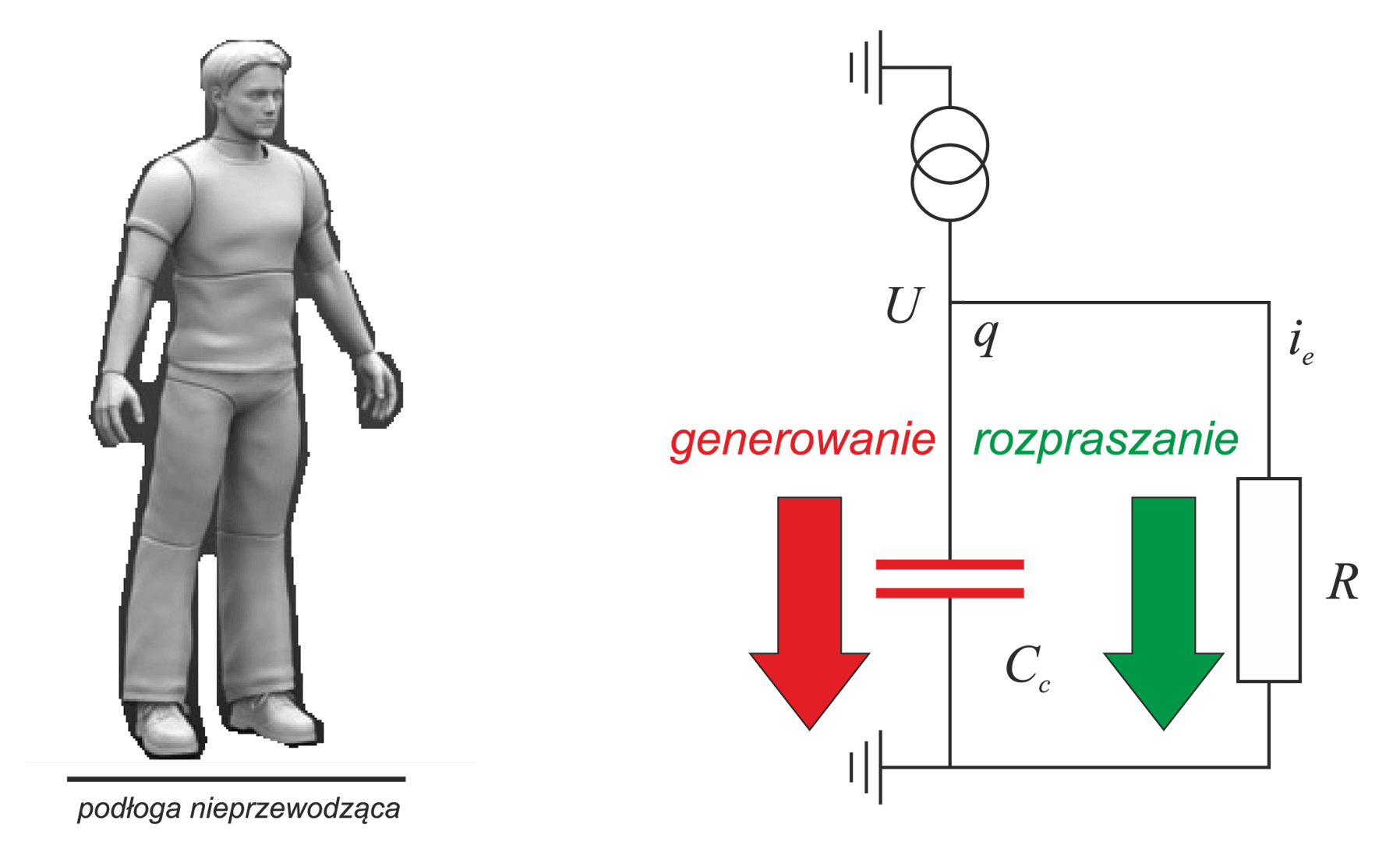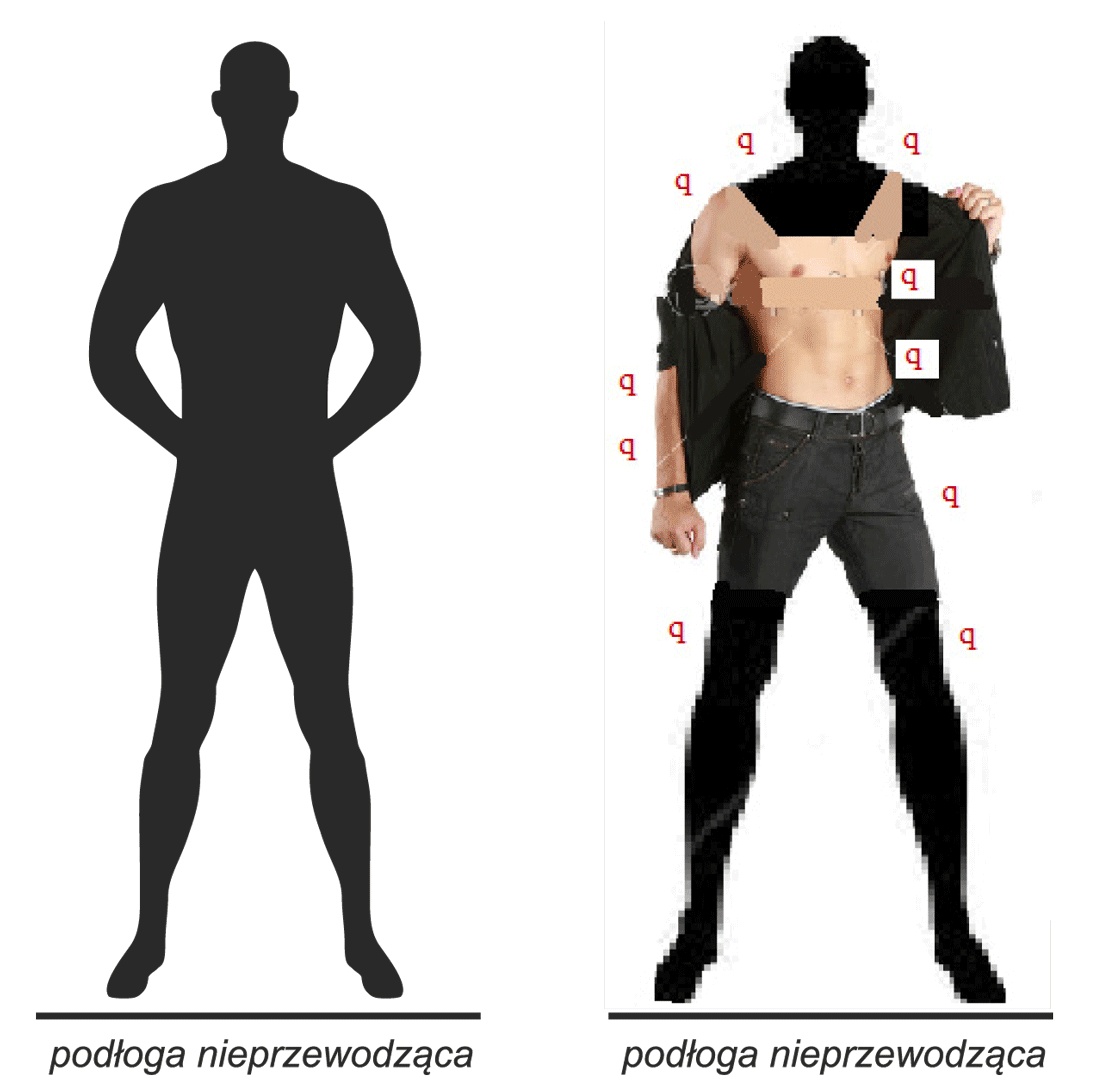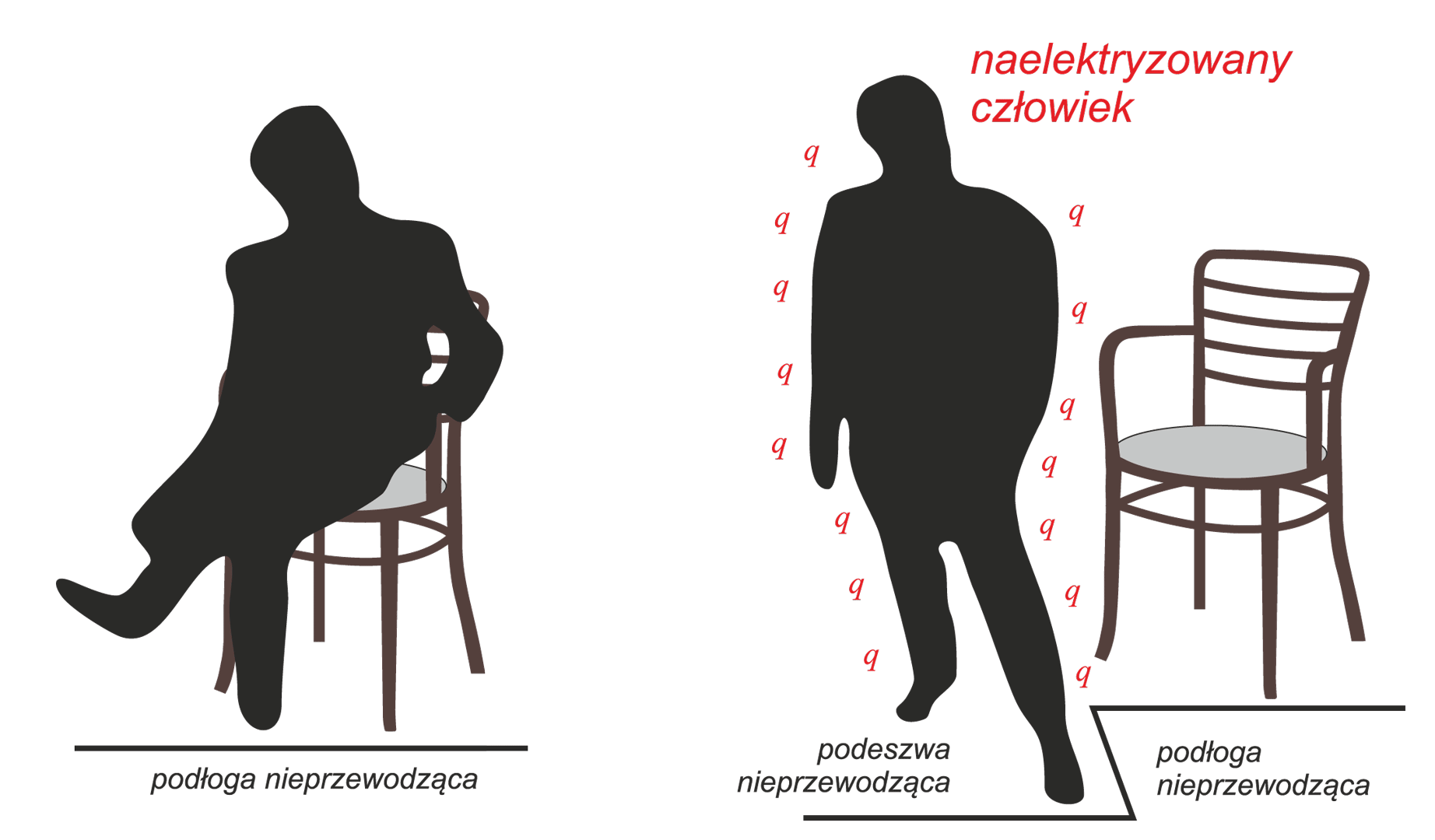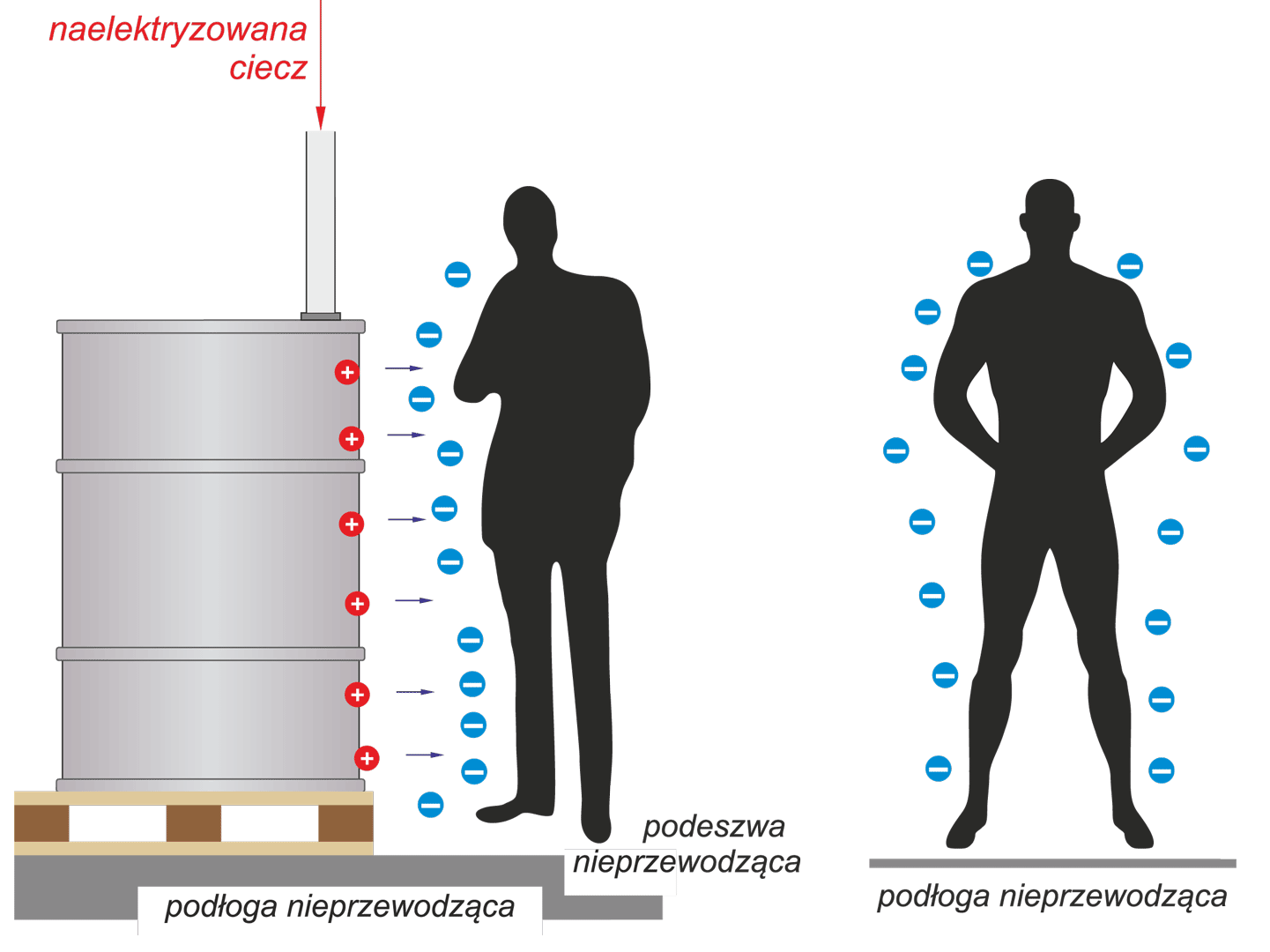E-journal for electrical and electronic engineers
AUTOMATYKA, ELEKTRYKA, ZAKLOCENIA
(AUTOMATICS, ELECTROTECHNICS, DISTURBANCES)
Vol. 6, Nr 3(21) 2015
Chargeability of Human Body. Part 1. Impact of Static Electricity on the Human Body
Abstract
Uncontrolled static electricity is a serious problem, which has long been recognised in many branches of industries. The human
body is prone to chargeability. Discharge from the charged human body may occur during accidental touching of a grounded conductive
element. Such a discharge is accompanied by the generation of extremely high energy [5].
Keywords
chargeability, charging by influence, charging by contact, energy of a discharge
Fig.
Bilbiography
[1] William D. Greason: Quasi-static analysis of electrostatic discharge (ESD) and the human body using a capacitance model, Journal
of Electrostatics, Volume 35, Issue 4, September 1995, Pages 349-371
[2] Jan A. Strojny: Some factors influencing electrostatic discharge from a human body, Journal of Electrostatics, Volumes 40–41, June 1997,
Pages 547-552
[3] Bronisław Marek Wiechuła: The incendivity hazards of electrostatic discharges from charged, non-conductive solid materials, Fire Safety
Journal Volume 60, August 2013, Pages 46–55.
[4] Martin Glor: Ignition hazard due to static electricity in particulate processes, Powder Technology Volumes 135–136, 2 October 2003,
Pages 223–233
[5] lEC 60079-32-1/TS/A1/Ed1: 2014 “Explosive atmospheres - Part 32-1: Electrostatic hazards, guidance”
[6] V. Babrauskas: Ignition Handbook, 2003 Printed and Boun in the USA


